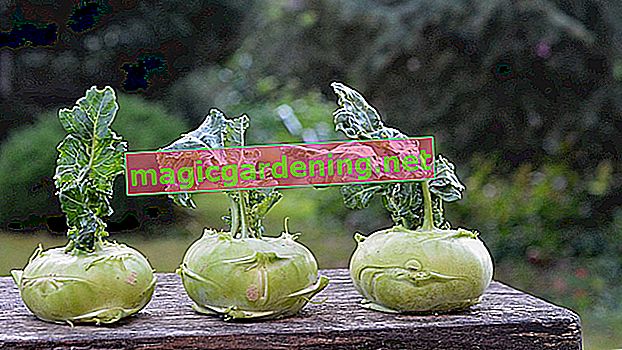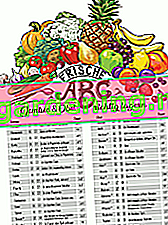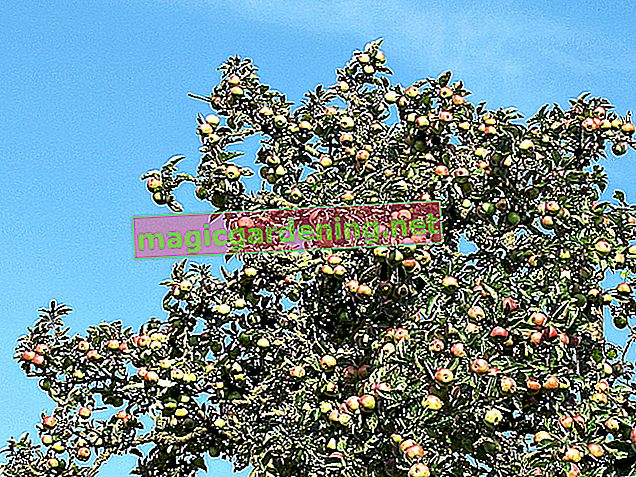
Kohlrabi richtig aufbewahren
Sobald die Knollen einen Durchmesser von acht bis zehn Zentimeter haben, werden sie geerntet. Dazu schneidet man die Knolle über der Wurzel ab und entfernt die großen Blätter. Die zarten, inneren Blätter verbleiben an der Knolle, sie können mit verarbeitet werden. Benötigt man nicht alle reifen Kohlrabi auf einmal, bestehen verschiedene Möglichkeiten, das Gemüse schonend aufzubewahren:
- im Kühlschrank
- in der Gefriertruhe
- im Keller oder in Erdmieten
Lesen Sie auch
- Lange Pflanzzeit für Kohlrabi
- So gelingt die Aussaat von Kohlrabi
- Kohlrabi - in the garden only in summer, in the chest at any time!
Storage in the refrigerator
To keep the kohlrabi fresh for a long time, it can be stored in the refrigerator. To do this, wrap the vegetables in a damp cloth and place them in the vegetable compartment. In this humid climate, the kohlrabi lasts about two weeks, but loses some of its nutrients over time. Without a damp cover, the storage time is reduced to just under a week. The outer skin loses moisture, becomes soft and wrinkled.
Storage in the freezer
This is possible without any problems if you cut the tubers into slices or pieces before freezing them and blanch them, i.e. scald them briefly in hot water and then quench them with cold water.
Without blanching, the vegetables in the freezer will turn woody, changing their taste and appearance. But even with correct processing, the kohlrabi is no longer crunchy after thawing. If you don't like that, it is best to freeze ready-made kohlrabi dishes. This is very easy. To do this, the vegetables are cleaned, processed to taste and finally frozen in suitable plastic boxes as a finished meal. This way, the kohlrabi will stay tasty for months.
Storage in the raw state
Different types of cabbage and root vegetables can be stored raw for months without losing any of their quality. First of all, make sure that you use vegetables that ripen as late as possible and that have not received too much fertilizer.
In the dry, cool cellar the vegetables are stored in a box with sand. An earth rent serves the same purpose. To do this, dig a hollow about 40 cm deep in a dry place in the garden, place the vegetables between layers of sand and cover the whole thing with fir green or leaves.
Small containers made of metal or plastic, for example an old juicing pot or a washing drum, are suitable as earth rent if they are buried. Here, too, the vegetables lie cool and dry in the sand. Air holes ensure the necessary exchange of air. Finally, the rent is closed with a solid lid so that no mice are invited.
If you store your kohlrabi in stacks, you must make sure that all tubers are undamaged in order to prevent mold and rot.

The garden journal freshness-ABC
How can fruit and vegetables be stored correctly so that they stay fresh as long as possible?
The garden journal freshness ABC as a poster:
- Order here cheaply as an A3 print for your kitchen
- as a free PDF file to print out yourself








